Pruning Brussels Sprouts: When To Prune Leaves Of Brussels Sprouts
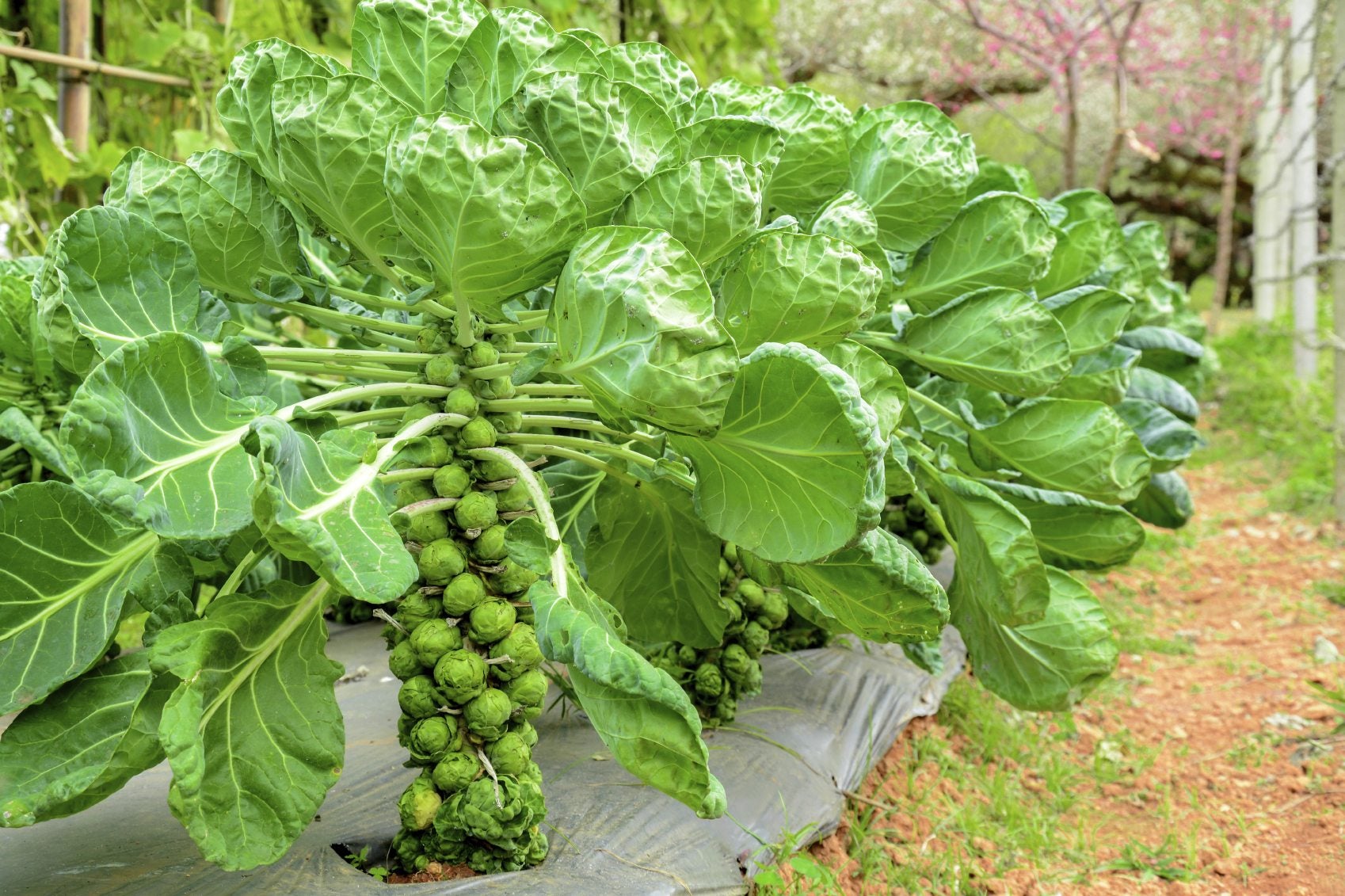
Brussels sprouts, it seems you either love them or hate them. If you reside in the latter category, you probably haven’t tried them fresh from the garden at their peak. These rather oddly shaped plants bear miniature cabbages (enlarged auxiliary buds) that are trimmed from the stalk. If this is your first time growing your own, you might be wondering how to trim Brussels sprout plants or do you even have to trim Brussels sprouts? Read on to learn more.
Pruning Brussels Sprouts
Brussels sprouts were first cultivated in, you guessed it, Brussels, where they are a cool weather crop thriving in temps between 60 and 65 degrees F. (15-18 C.). In some regions, they may even survive throughout the winter if temperatures are mild enough. They grow much akin to broccoli and cauliflower, in well-draining soil with plenty of irrigation. One of the most common questions in reference to this plant is about pruning. Do you need to prune Brussels sprouts and, if so, when and how?
When to Prune Leaves of Brussels Sprouts?
Sprouts begin to appear at the end of the plant closest to the soil and work their way up for several weeks. Harvesting Brussels sprouts begins around mid October and can go through a mild winter if you just harvest individual sprouts rather than the whole plant. The sprouts are ready to harvest when the heads are 1 to 2 inches (2.5-5 cm.) across, firm, and green. This is also when to prune the leaves of Brussels sprouts, as you remove the lower sprouts. Just remove any yellowing leaves to allow the plant to expend all its energy into producing new sprouts as well as leaves. As to the question “do you have to trim Brussels sprouts?” Well, no, but you will be extending the harvest and production of the plant if you trim back any dying leaves. Continue reading to find out the best way to prune Brussels sprouts.
How to Trim Brussels Sprouts Plants
Light pruning of Brussels sprout plants will encourage vigorous growth and further sprout development, which will give you more sprouts to sauté, roast, etc. Begin pruning Brussels sprouts when you see at least one sprout develop. At this time, prune off the lowest six to eight leaves with hand pruners. The cut should be as close to the main vertical stem as possible. Continue to trim off two or three lower leaves each week throughout the growing season, making sure to keep several large, healthy, upper leaves to feed the plant. Three weeks prior to harvesting the sprouts, quit trimming any lower leaves. Cut 1 to 2 inches (2.5-5 cm.) off the uppermost vertical stalk with the pruners–straight across the stem just above a leaf. This is the best way to prune Brussels sprouts if you want to trick the plant into maturing all at once. Commercial growers practice this method of pruning so they can get their produce to market. Of course, you don’t have to prune or trim the plant at all, but doing so can engender a longer crop with more robust sprouts. You can always just remove sprouts as they get large enough by gently twisting them until they break from the plant.
Gardening tips, videos, info and more delivered right to your inbox!
Sign up for the Gardening Know How newsletter today and receive a free copy of our e-book "How to Grow Delicious Tomatoes".

Amy Grant has been gardening for 30 years and writing for 15. A professional chef and caterer, Amy's area of expertise is culinary gardening.
-
 Looking For Plants To Give You The Soft And Fuzzies? Try These 5 Fuzzy Leaf Plant Options
Looking For Plants To Give You The Soft And Fuzzies? Try These 5 Fuzzy Leaf Plant OptionsLovers of texture, drama, silver foliage and tactile plants will adore these special sensory garden additions. These fuzzy leaf plant options will leave you all aglow
By Susan Albert
-
 Get Ready For A Summer Of Hummers! Grow These Full Sun Hummingbird Plants and Flowers
Get Ready For A Summer Of Hummers! Grow These Full Sun Hummingbird Plants and FlowersIf you’re lucky enough to enjoy a sunny backyard, make sure you are maxing out on your pollinator opportunities and grow these full sun hummingbird plants and flowers
By Tonya Barnett
-
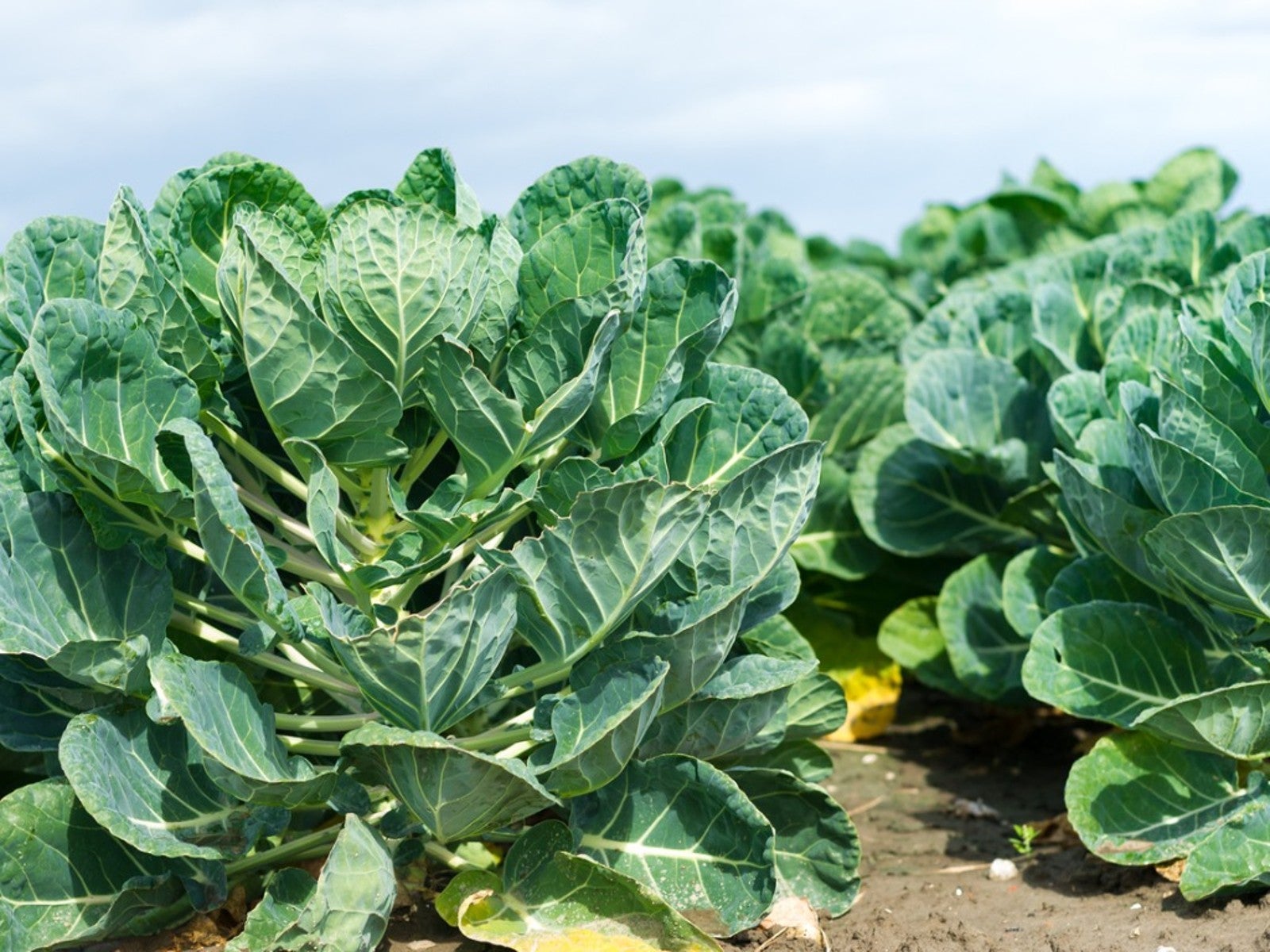 Reasons For No Brussels Sprouts On Plants
Reasons For No Brussels Sprouts On PlantsBrussels sprouts are a healthy superfood in the garden. Learn why they sometimes don’t produce properly.
By Laura Miller
-
 My Brussels Sprout Plants Bolted: Reasons Why Brussels Sprouts Are Bolting
My Brussels Sprout Plants Bolted: Reasons Why Brussels Sprouts Are BoltingYou carefully tend and care for them then one day your brussels sprouts are bolting. It's frustrating. Learn about brussels sprouts bolting here.
By Laura Miller
-
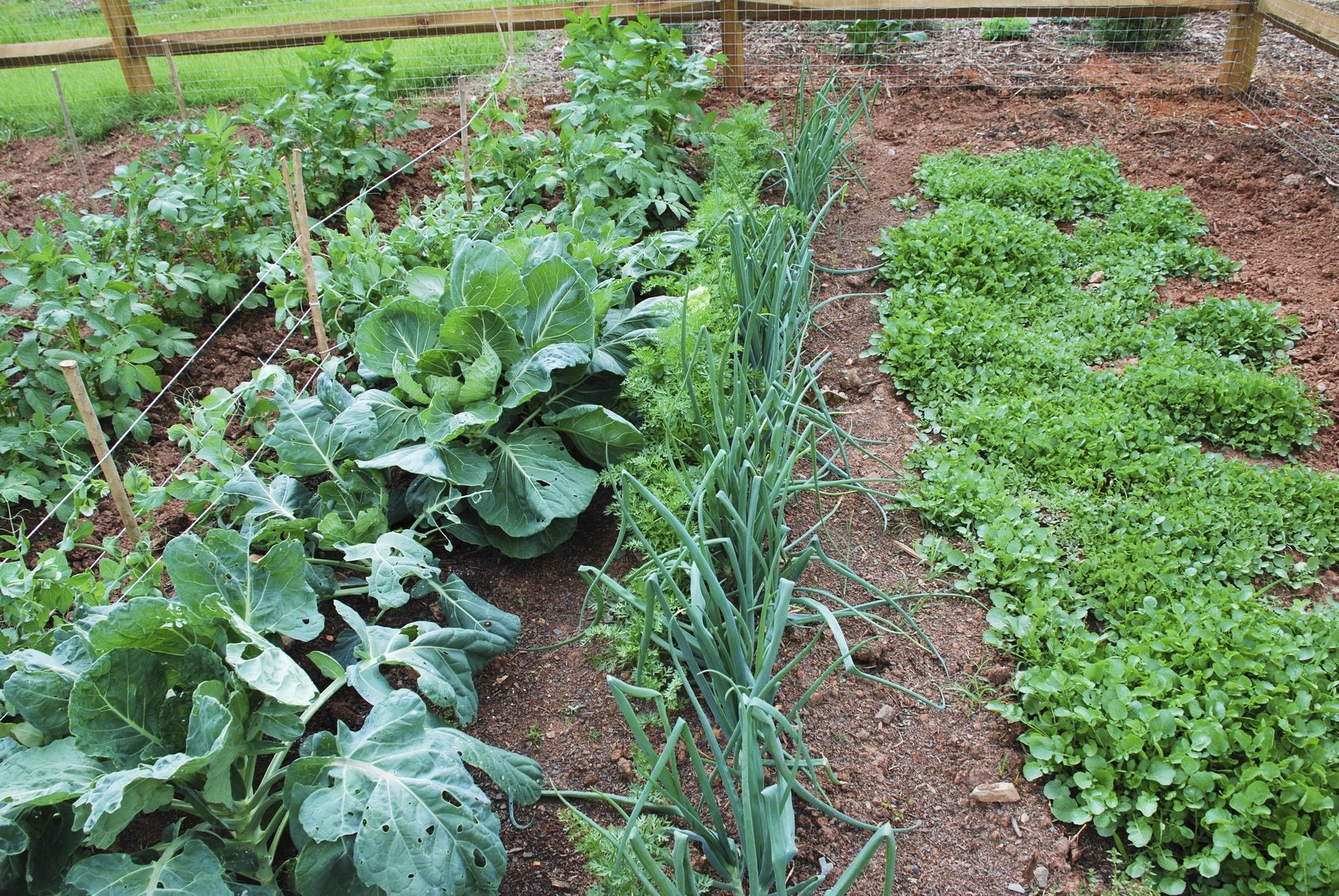 Brussels Sprouts Companion Plants – What To Grow With Brussels Sprouts
Brussels Sprouts Companion Plants – What To Grow With Brussels SproutsThe downside of planting cruciferous relatives with Brussels sprouts is that they also share similar pests and diseases. Are there other Brussels sprout companion plants that might be a better choice? Click this article to find out.
By Amy Grant
-
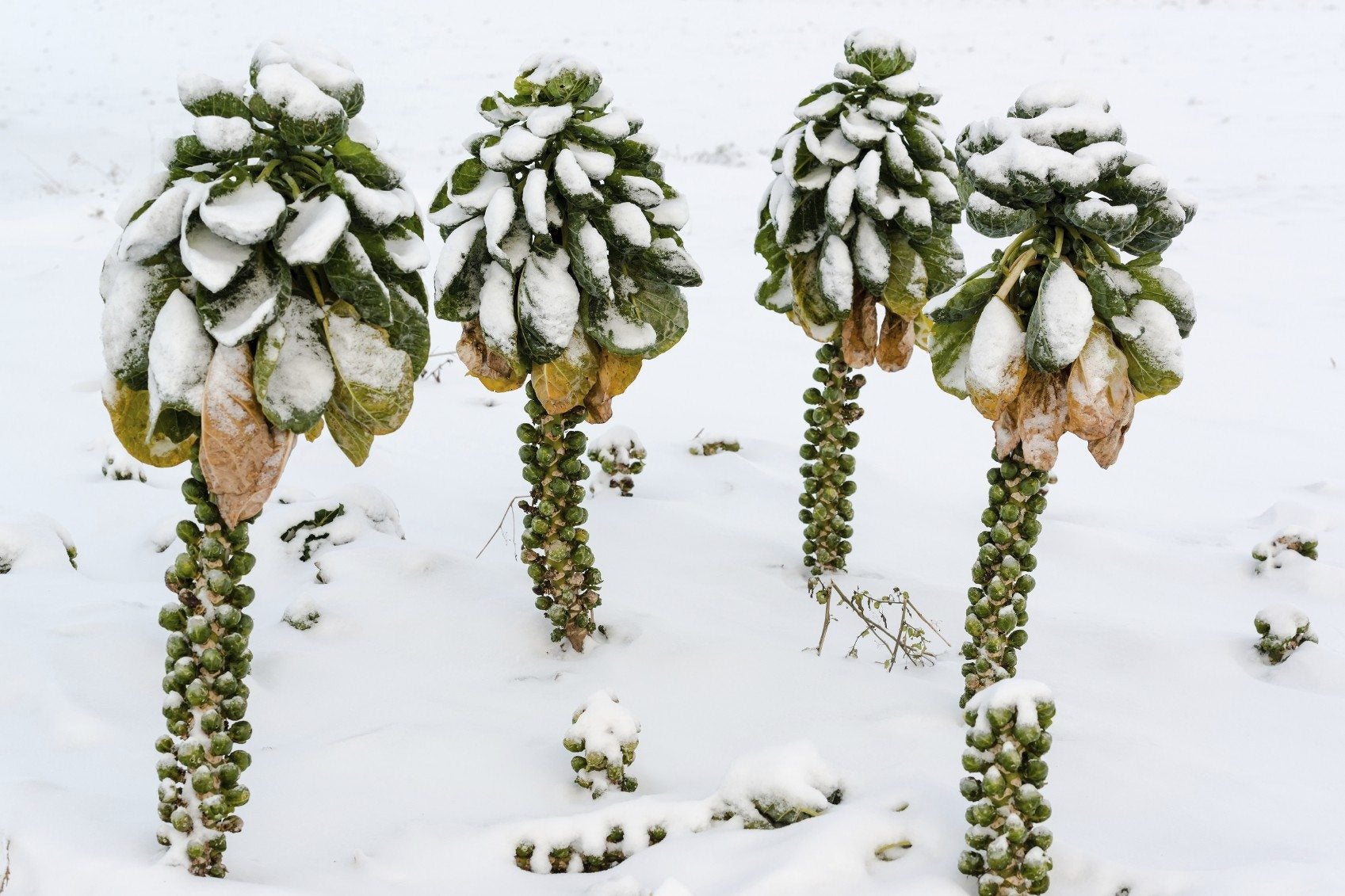 Winter Care For Brussels Sprouts: How To Grow Brussels Sprouts In Winter
Winter Care For Brussels Sprouts: How To Grow Brussels Sprouts In WinterDo Brussels sprouts need winter protection or any other special winter care? The following article contains information about how to grow Brussels sprouts in the winter and winter care for Brussels sprouts. Click here to learn more.
By Amy Grant
-
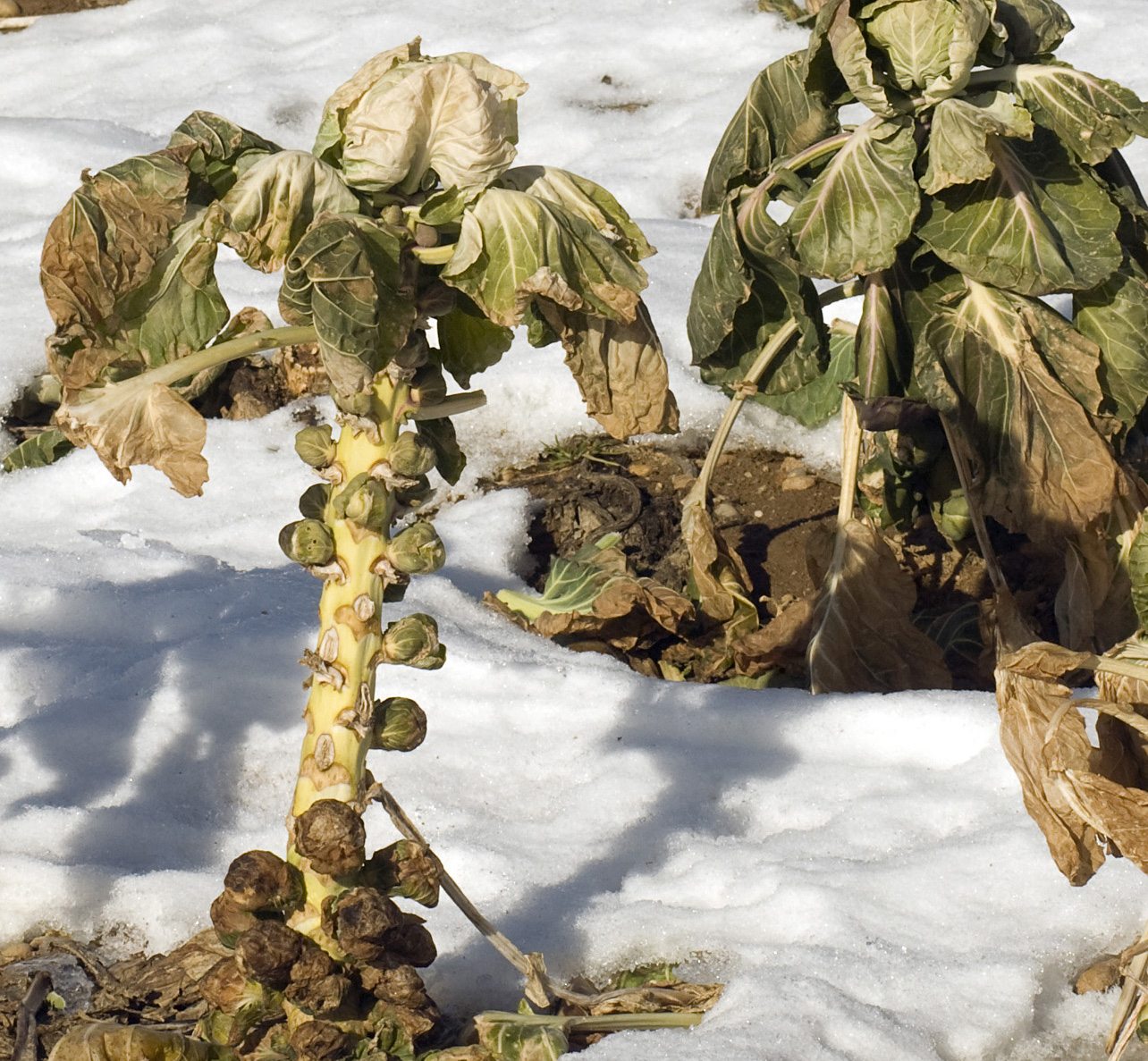 Brussels Sprouts: Pests And Diseases Affecting Brussels Sprouts Plants
Brussels Sprouts: Pests And Diseases Affecting Brussels Sprouts PlantsBrussels sprouts resemble little cabbages, arrayed on a stiff vertical stem. The rather old-fashioned vegetable has a "love it or hate it" reputation. The gardener needs to be wary of common issues, and this article will help.
By Bonnie L. Grant
-
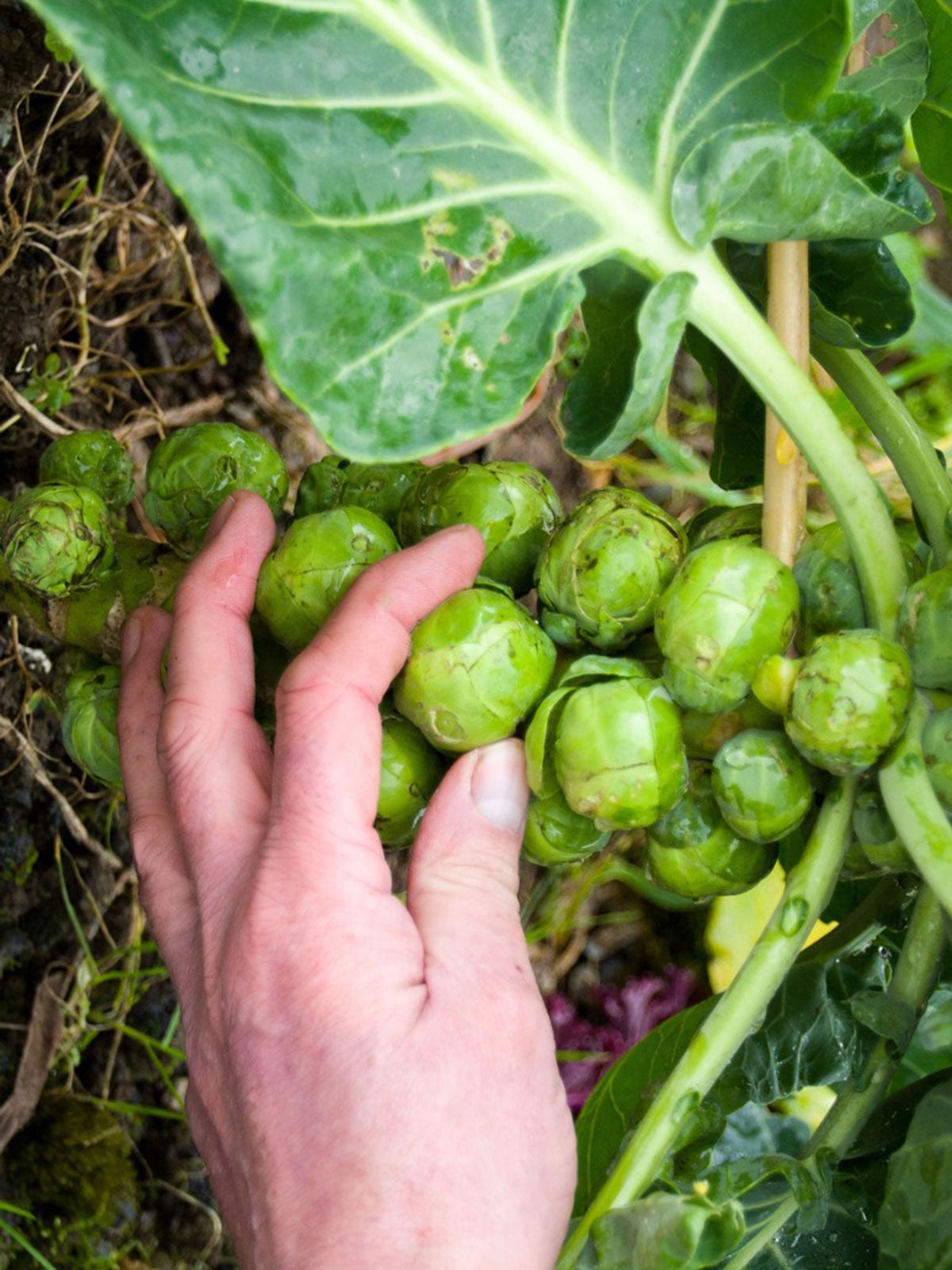 Picking Brussel Sprouts: How To Harvest Brussel Sprouts
Picking Brussel Sprouts: How To Harvest Brussel SproutsHarvesting Brussels sprouts provides a nutritious side dish on the table. Learning when to harvest Brussels sprouts can make your experience more flavorful. This article will help with harvesting Brussels sprouts.
By Becca Badgett
-
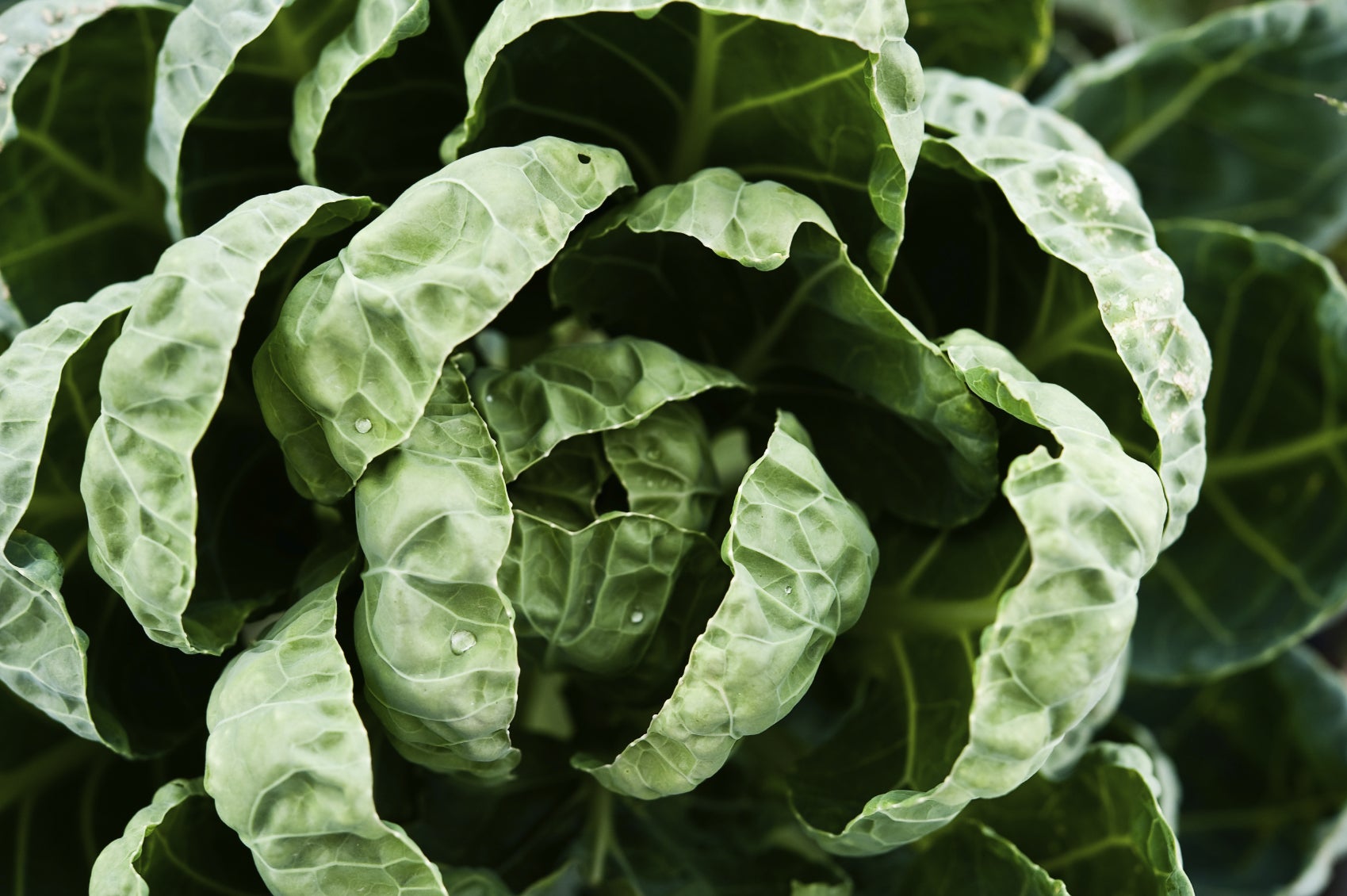 Brussels Sprout Problems: What To Do For Loose Leafed, Poorly Formed Heads
Brussels Sprout Problems: What To Do For Loose Leafed, Poorly Formed HeadsEven under the best conditions, growing Brussels sprouts is a tricky challenge for a gardener. One of the issues is when the plant has loose leafed, poorly formed heads. Learn more in this article.
By Heather Rhoades
-
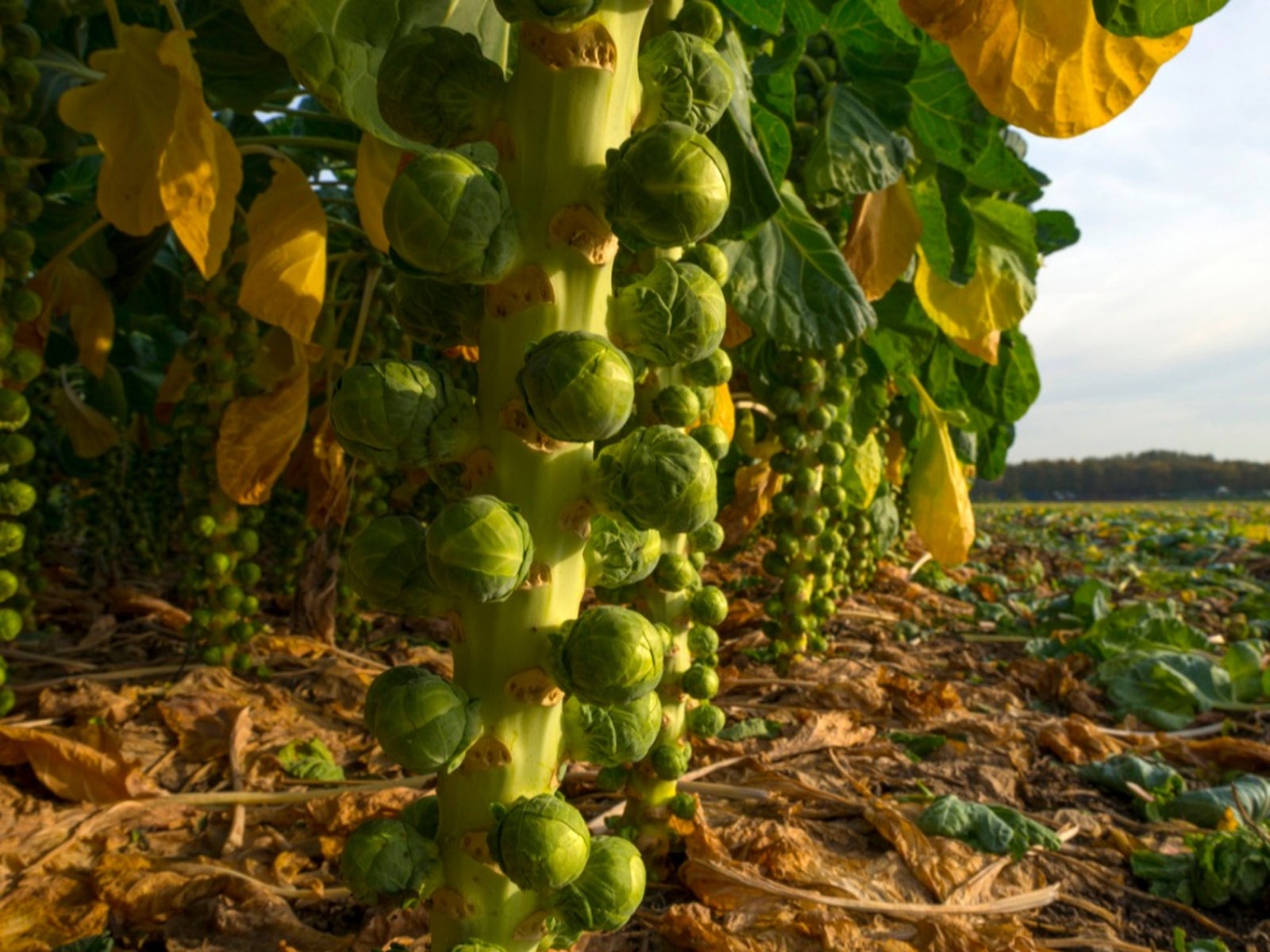 How To Grow Brussels Sprouts
How To Grow Brussels SproutsBrussels sprouts have gotten a bad rap. These miniature cabbage looking vegetables are extremely tasty if eaten freshly picked. Learn how to grow Brussels sprouts in this article so you can enjoy them too.
By Heather Rhoades